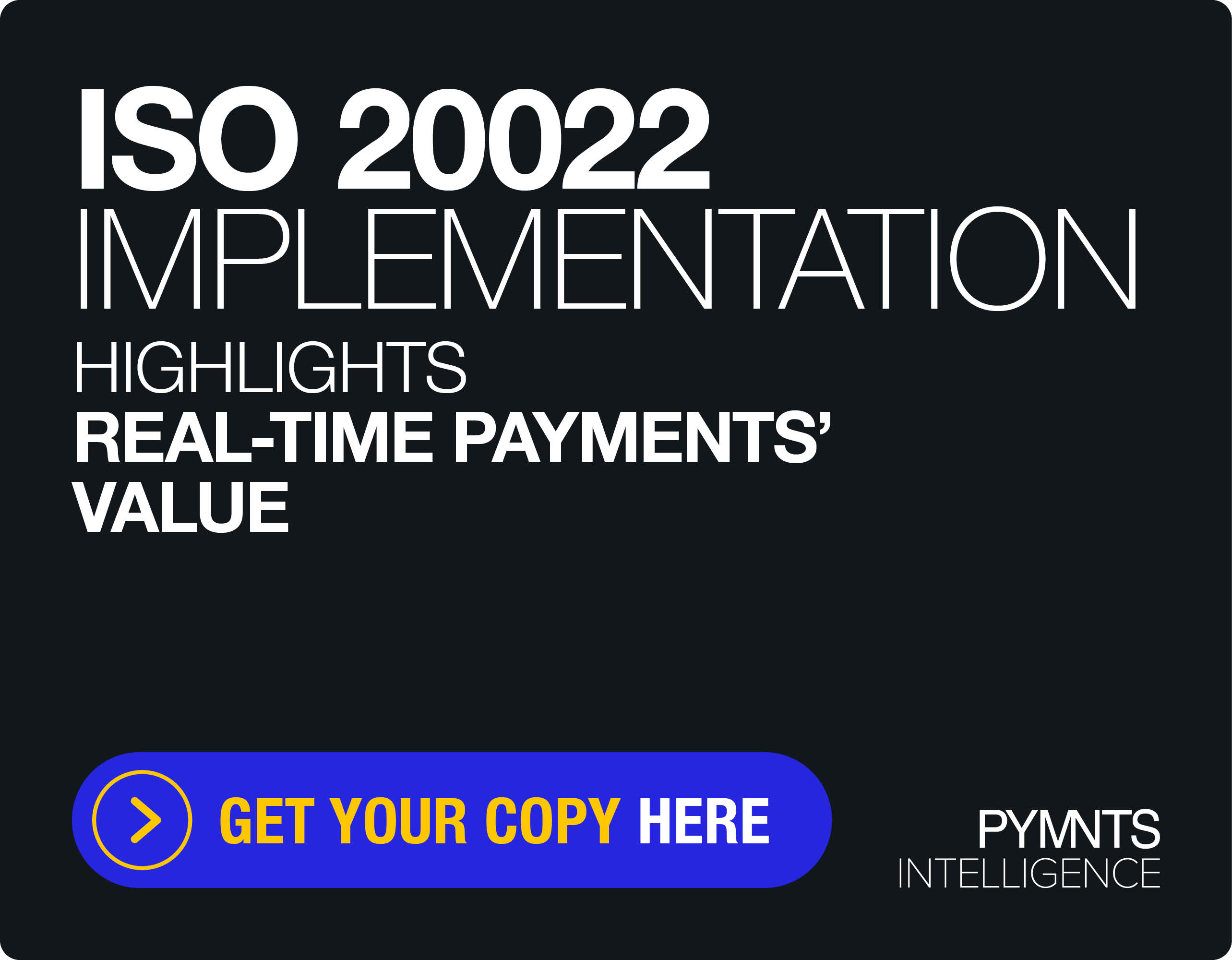MasterCard’s Latest HCE Moves
MasterCard now has cloud-based in-store mobile payments live in 15 countries, with another 10 in the pipeline, the card brand announced on Tuesday (Feb. 24).
The live programs and pilots, which are underway in the U.S., Canada, Australia, Russia and across Europe, use Host Card Emulation (HCE) for Android phones, which eliminates the need for banks to prepare smartphones for mobile payments by downloading payment card information into the Secure Element of the phone. That process, which was used in early mobile payments efforts like Google Wallet, turned out to be too complex and labor-intensive for most card-issuing banks.
But hundreds of issuers have now licensed MasterCard’s HCE-based mobile-payments framework, including Santander, Italy’s Unicredit and Spain’s Banco Sabadell, the card company said. While the new approach is simpler, it still works only on phones that contain an NFC chip that mimics a contactless payment card.
MasterCard said its contactless point-of-sale locations, ranging from conventional retailers to vending machines, parking lots, mass transit and taxis, have also grown by 56 percent in the past year, from about 2 million to 3 million. In some parts of Europe, contactless transactions represent a large portion of in-store MasterCard payments, including 52 percent in the Czech Republic, 33 percent in Poland, 18 percent in Hungary and 17 percent in Slovakia. In-store mobile payments in Europe also jumped by 174 percent in the past year.
The HCE approach “will drive greatly expanded availability of mobile contactless and remote payments, through integration with MasterPass, our global digital platform,” said MasterCard SVP James Anderson, who heads the Shared Platform Services Group for the card brand.
MasterCard has also shortened the time-to-market for developing Android payment apps by releasing a software development kit that provides a collection of software libraries and tools for developing and testing apps to make sure they comply with MasterCard’s HCE specifications.
But while MasterCard is providing the tools that issuers and other mobile payments players will need to implement cloud-based payments in Android apps, what’s still not clear is exactly how much additional work card processors and banks will have to do to support the new payments framework. That includes issues such as tokenization, user verification, and what happens when there’s no signal to connect a phone to the cloud.
